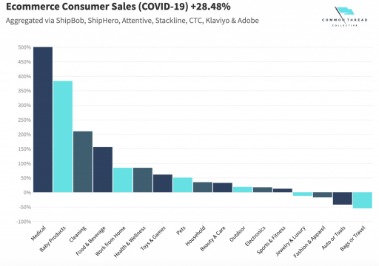
Its advantage lies in its ability to streamline and enhance the account reconciliation process, thereby contributing to the overall financial health of an organization. Let’s delve into the specific advantages that QuickBooks brings to the table. If you reconciled a transaction by mistake, here’s how to unreconcile it. If you adjusted a reconciliation by mistake or need to start over, reach out to your accountant. Through careful adjustments and verifications, the reconciliation process aims to provide a clear understanding of a company’s financial position.
Step 3: Entering Statement Date and Ending Balance
These kinds of changes can get complicated and unbalance your accounts. Since all of your transaction info comes directly from your bank, reconciling should be a breeze. With its ability to integrate differences between debt and liabilities seamlessly into QuickBooks, reconciliation streamlines the financial management process, ensuring compliance and transparency.
If you’re reconciling an account for the first time, review the opening balance. It needs to match the balance of your real-life bank account for the day you decided to start tracking transactions in QuickBooks. Comparing transactions in QuickBooks with the bank statement is essential to identify any disparities and ensure the accurate alignment of financial records with the official bank records. Reviewing transactions in QuickBooks Desktop is essential to identify any discrepancies and ensure that the recorded transactions correspond accurately with the bank statement.
- This is especially important the first time that you carry out a reconciliation.
- The reconcile tool offers functionalities such as matching transactions, flagging discrepancies, and providing a clear overview of the financial alignment between the records and the bank statement.
- It’s recommended to focus on one account at a time to maintain precision.
- In this comprehensive guide, we’ll walk you through the step-by-step process of reconciling accounts in QuickBooks, ensuring your financial accuracy and peace of mind.
How to Reconcile a Month in QuickBooks Online?
Utilizing the various tools within the reconcile window, such as filters and search functions, further streamlines the process for a comprehensive reconciliation. If you added older transactions to QuickBooks that are dated before your opening balance, it may impact the account’s total. Here’s how to reconcile older transactions so everything stays balanced. If you forgot to enter an opening balance and you’re already tracking transactions in the account, here’s how to enter an opening balance later on. However, businesses with high transaction volumes might benefit from more frequent reconciliations. You can make changes to past reconciliations, but be careful.
Reconciling Bank Accounts in QuickBooks
When you have your bank statement in hand, you’ll compare each transaction with the ones entered into QuickBooks. We recommend reconciling your checking, savings, and credit card accounts every month. In the world of business, financial accuracy is the compass that guides decision-making.

You need to make sure the amounts match your real-life bank and credit card statements. Just like balancing your checkbook, you need to review your accounts in QuickBooks to make sure they match your real-life bank and credit card statements. Just like balancing your checkbook, you need to review your accounts in QuickBooks to make sure they match your bank and credit card statements. Accessing the reconcile window in QuickBooks Desktop is the initial step solvency definition in the reconciliation process, enabling users to match the financial records with the bank statement and ensure accuracy.
By doing so, it helps in detecting any discrepancies between the company’s records and the bank statement, thereby ensuring the accuracy of financial data. This process plays a crucial role in maintaining the integrity of financial data and safeguarding against discrepancies. By reconciling transactions, users can confidently rely on the accuracy of their financial reports, ensuring that each transaction has been properly accounted for and is consistent with the bank statement. This process is crucial in achieving reconciliation accuracy, as it involves reviewing and making necessary modifications to account for any discrepancies. By adjusting transactions, users can ensure that their financial data aligns with the actual bank activity, minimizing errors and enhancing the overall reliability of the financial statements.
Edit completed reconciliations
This verification process is essential in identifying and rectifying any irregularities, providing a clear and accurate portrayal of the company’s financial standing. Reviewing transactions in QuickBooks Online facilitates the identification of fraudulent activities or unauthorized charges, contributing to a comprehensive and secure financial management system. If you adjusted a reconciliation by mistake or need to start over, reach out to your how to calculate estimated taxes accountant.
Make sure you enter all transactions for the bank statement period you plan to reconcile. If there are transactions that haven’t cleared your bank yet and aren’t on your statement, wait to enter them. During a reconciliation, you compare an account in the accounting system, such as QuickBooks, to its real-life counterpart to make sure everything matches. A reconciliation confirms the accuracy of the QuickBooks account.
By comparing the transactions recorded in QuickBooks with the actual bank statements, businesses can ensure that their financial records accurately reflect the true state of their accounts from previous months. It plays a crucial role in ensuring the financial accuracy and integrity of a company’s records. By reconciling regularly, businesses can detect and rectify any discrepancies, minimizing the risk of errors and fraudulent activities. This process directly impacts the balance sheet accounts, transactions, and banking activities.